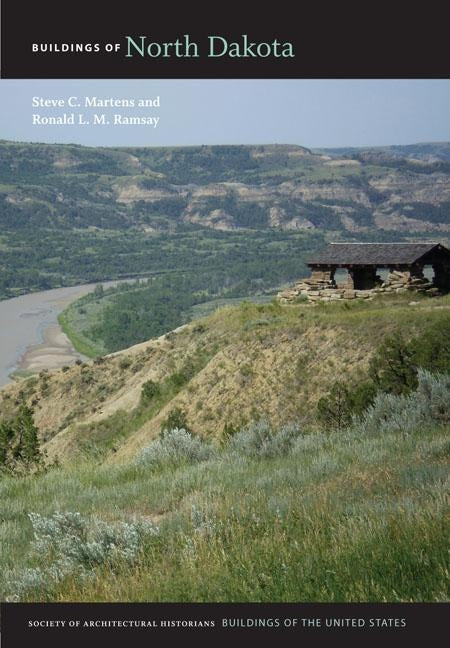Before you leave...
Take 20% off your first order
20% off
Enter the code below at checkout to get 20% off your first order
Discover summer reading lists for all ages & interests!
Find Your Next Read

For many people outside the state, North Dakota conjures visions of a remote, sparse, and seemingly inhospitable landscape, replete with ghost towns, scattered farmsteads, and settings reminiscent of the movie Fargo. Yet beyond this facile image lies a spectacular array of high-style, vernacular, ethnic, and modern buildings, a pragmatic architecture that reflects the setting and settlers of the Great Plains. A distinct "prairie mosaic" of houses, homesteads, and rural churches draws on the cultures of Germans from Russia, Norwegians, and Icelanders, and varied Native American groups such as the Mandan, Hidatsa, and Arikara. North Dakota's architectural heritage is complemented by more contemporary work dating from Progressive-era boom times and the New Deal to the present. This volume, with more than 400 entries illustrated by 250 photographs and 17 maps, provides the first comprehensive overview of the state, from Pembina and Walhalla to the Badlands. This richly diverse legacy includes earthlodges and Eastern Orthodox churches, powwow grounds and campmeeting grounds, and varied settings from the Ronald Reagan Minuteman Missile State Historic Site to the International Peace Garden. The cast of characters is equally compelling, among them Sakakawea, Lewis and Clark, the Marquis de Mores, Theodore Roosevelt, Lawrence Welk, Peggy Lee, and regional and international architects working in a range of styles and traditions, from Marcel Breuer to Surrounded-by-Enemy.
A volume in the Buildings of the United States series of the Society of Architectural Historians
Steve C. Martens and Ronald L. M. Ramsay are Associate Professors of Architecture at North Dakota State University. Since coming to North Dakota in 1967 and 1971, respectively, they have explored the state's architectural heritage with curiosity and fascination. Each has published nationally on a range of regional subjects and historical issues, and through their research they remain vigorously engaged with interpreting the state's architecture for local audiences.
Thanks for subscribing!
This email has been registered!
Take 20% off your first order
Enter the code below at checkout to get 20% off your first order